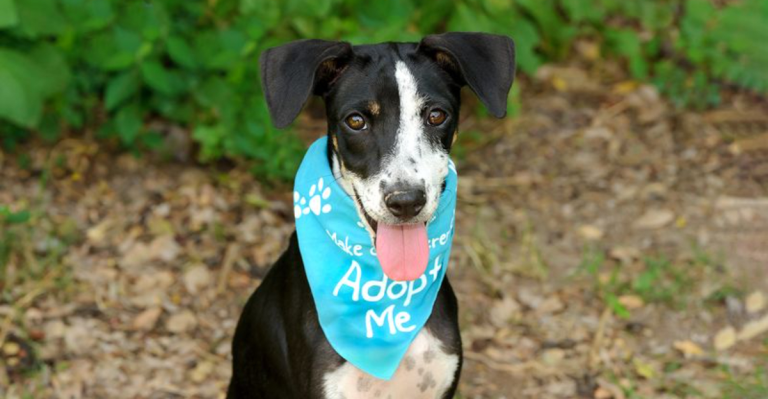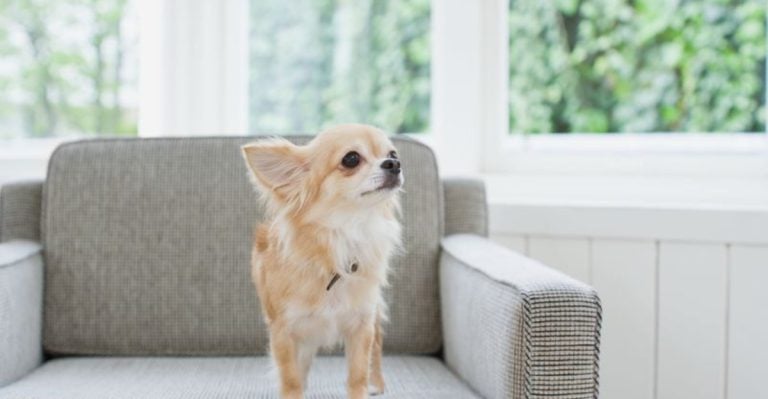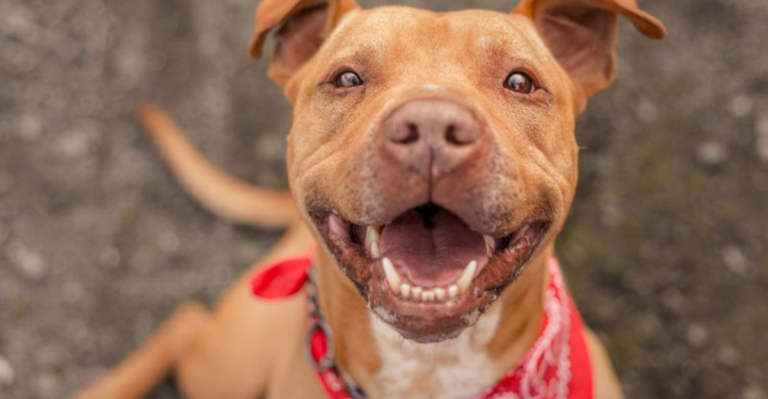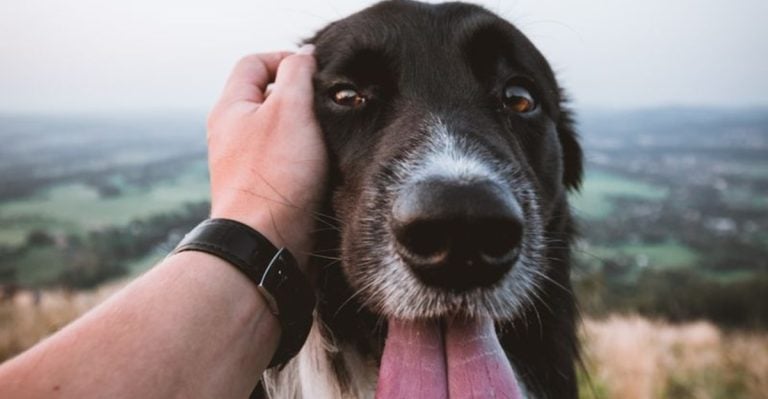These 7 Dog Habits Reveal a Deep Emotional Bond With You
Dogs have been our loyal companions for thousands of years, developing incredible ways to communicate their love and devotion. While we often focus on training our furry friends, we might miss the subtle signals they’re constantly sending us.
These behaviors aren’t just cute quirks—they’re meaningful expressions of a deep emotional connection that has evolved through generations of human-canine friendship.
Let’s explore seven heartwarming habits that show just how much your dog cherishes your bond.
1. Your Furry Shadow Never Leaves Your Side
Ever notice how your pup follows you from room to room, even when you’re just grabbing a glass of water? This isn’t clingy behavior—it’s a profound display of attachment. Dogs are pack animals by nature, and in their eyes, you’re their pack leader.
Many pet parents joke about never using the bathroom alone again after adopting a dog. This constant companionship stems from their wild ancestors who understood safety comes in numbers. Your dog isn’t just being nosy—they’re keeping watch over their favorite person.
Even independent breeds who typically value their space will often maintain visual contact with their humans, showing that their need to be near you transcends their independent streak.
2. Soulful Gazes Lock With Yours
Scientists have discovered something remarkable about dogs—they’re the only non-primate animals that naturally seek eye contact with humans. When your dog looks deeply into your eyes, a biological magic happens: both your brains release oxytocin, the same bonding hormone mothers produce with their babies.
Remember those puppy dog eyes that melt your heart? That expression evolved specifically to communicate with humans. Your dog has developed special facial muscles that wolves don’t have, just to better connect with you!
Next time your furry friend maintains that steady gaze, know they’re not just hoping for treats—they’re actively strengthening your emotional bond in a way that’s uniquely canine.
3. Snoozing Pressed Against You
A dog choosing to sleep touching you reveals tremendous trust and affection. In the wild, dogs only sleep near pack members they completely trust, as sleep leaves them vulnerable. Your pup selecting you as their snooze buddy means they feel utterly safe in your presence.
Different sleeping positions tell different stories. A dog who curls up at your feet is both protective and respectful of your space. One who sprawls against your side sees you as their equal and security source. And that pup who insists on being your little spoon? They’re seeking maximum closeness and warmth.
Even on hot summer nights when sleeping apart would be more comfortable, many dogs still choose closeness over comfort.
4. Prized Possessions Become Your Gifts
When your dog drops their slobbery tennis ball or cherished plush toy in your lap, they’re offering you something far more significant than a chew toy. This gesture represents one of the highest forms of canine affection—sharing their most valuable possessions with someone they trust completely.
Wild canines bring food and important items back to their pack as a way of contributing to the group’s welfare. Your domestic companion has adapted this instinct into a heartwarming ritual of gift-giving. They’re essentially saying, “This matters to me, and so do you.”
Pay attention to which toys they consistently bring you—these are likely their favorites, making the gesture even more meaningful.
5. Joyful Homecoming Celebrations
The whirlwind of excitement when you walk through the door—even if you’ve only been gone for minutes—speaks volumes about your dog’s emotional attachment. Their enthusiastic greeting isn’t just habit; research shows dogs’ brains light up with pleasure when they detect their owner’s scent or hear their voice.
Those happy dances, wiggly bodies, and sometimes even happy whimpers are pure, unfiltered joy at your return. Dogs live in the present moment, making each reunion feel like a celebration regardless of how brief your absence.
This reaction differs dramatically from how they greet strangers, proving it’s not just general friendliness—it’s a special welcome reserved just for you, their favorite human in the world.
6. Reflecting Your Emotional State
Dogs possess an uncanny ability to tune into your feelings. Notice how your furry friend becomes subdued when you’re sad, playful when you’re happy, or anxious when you’re stressed? This emotional mirroring demonstrates their remarkable empathy and connection to your emotional wavelength.
Research has shown dogs can detect subtle changes in your body chemistry and facial expressions. Their acute sense of smell even allows them to recognize stress hormones released through your breath and sweat. Some dogs will gently place a paw on you or bring a toy when sensing sadness—their version of emotional support.
This sensitivity explains why dogs make excellent therapy animals, capable of responding to emotional needs often before humans notice them.
7. Guardian Behavior When No Threat Exists
Your dog positioning themselves between you and perceived “dangers”—like the mail carrier or neighborhood squirrels—reveals their deep-rooted protective instinct. This behavior stems from their ancestral pack mentality where protecting valuable members ensured group survival.
Many dogs will sleep facing the door or position themselves where they can monitor approaching visitors. Some will even check on family members throughout the night, especially children. These protective behaviors occur regardless of breed or size—even tiny Chihuahuas believe they’re mighty guardians!
What makes this particularly touching is that modern pets rarely face genuine threats, yet they maintain this vigilant protection out of pure devotion to you—their cherished human companion.













